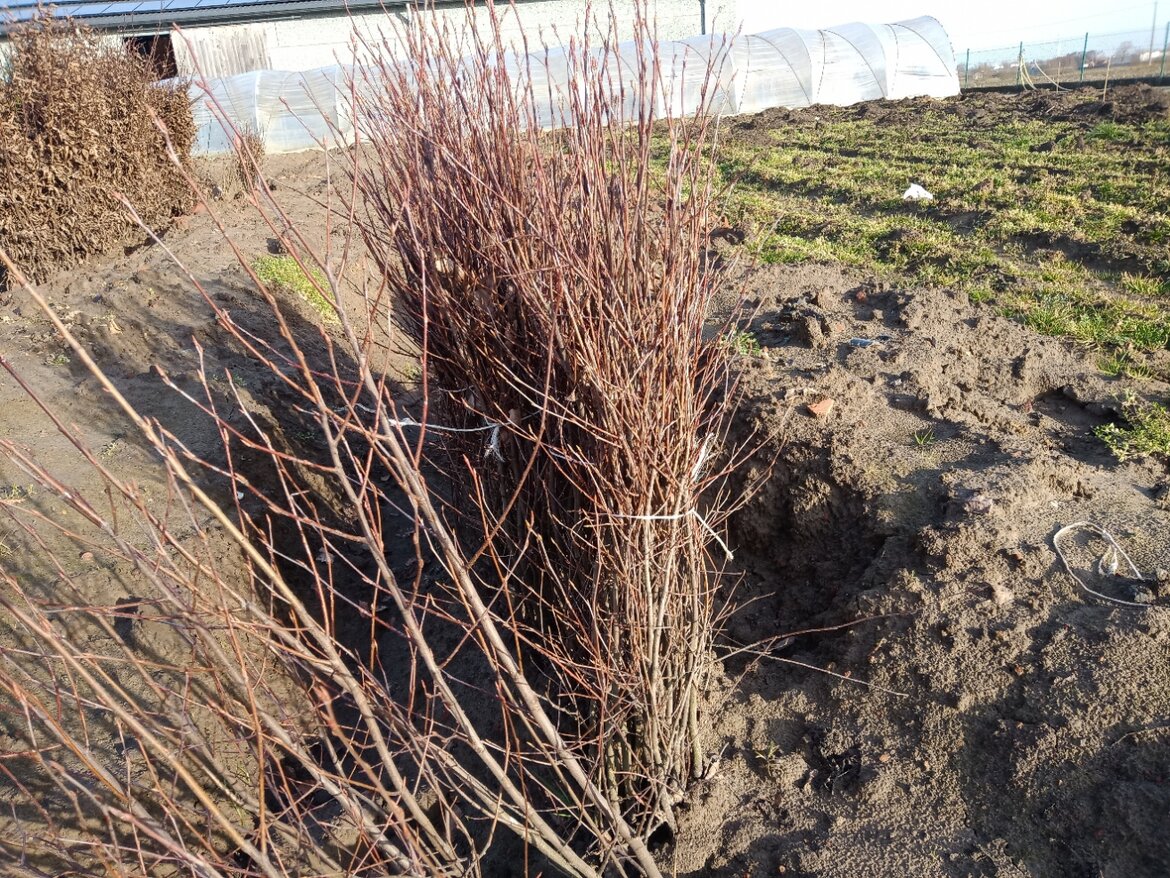Planting in root balls and bare roots, tips & tricks

Planting Root-Balled and Bare-Root Plants: Tips, Timing, and Pitfalls
Autumn and early winter are the perfect times to plant root-balled and bare-root plants. In this blog, we’ll provide helpful tips and discuss the differences between these two planting forms. We’ll also explain what to watch out for to give your plants the best start.
What Are Root-Balled and Bare-Root Plants?
- Root-balled plants: These plants come with their roots still in soil, usually wrapped in burlap or netting. The advantage is that they are already well-rooted and less prone to drying out.
- Bare-root plants: As the name suggests, these plants are sold without soil around their roots. They are typically lighter and cheaper than root-balled plants. Bare-root plants are ideal for hedges, trees, and shrubs that are dormant during autumn and winter.
Planting Season
The best time to plant both root-balled and bare-root plants is during autumn and early winter (October to March). During this period, the plants are dormant, meaning their sap flow is minimal. This allows them to focus on developing a strong root system without needing to grow above ground. For bare-root plants, it’s particularly important to plant them before spring growth begins.
Tips for Planting
- Preparing the soil
- Soil improvement: Ensure the soil is well-draining and rich in nutrients. Mix organic material such as compost or leaf mold into the soil for a loose structure.
- Planting hole size: Dig a hole that is wider than the root ball or the roots of a bare-root plant to allow the roots to spread properly.
- Planting root-balled plants
- Leave the root ball intact: Do not remove the burlap or net around the root ball. These materials are biodegradable and will decompose naturally in the soil.
- Plant at the correct depth: Make sure the top of the root ball is level with the soil surface.
- Backfill and firm: Fill the hole with soil, press it down gently, and water thoroughly to ensure the soil settles around the roots.
- Planting bare-root plants
- Handle roots carefully: Prevent the roots from drying out before planting. Place them in a bucket of water just before planting if necessary.
- Spread the roots: Gently spread the roots in the planting hole to encourage proper root development and anchoring.
- Cover the roots: Backfill the hole with loose soil, press it down lightly, and water thoroughly to help the roots establish.
Pitfalls to Avoid
- Planting too dry: Bare-root plants, in particular, are sensitive to drying out. Never leave the roots exposed for too long.
- Incorrect planting depth: Plants that are planted too deep or too shallow may struggle to establish. A good rule is to plant them at the same depth they originally grew.
- Too little water: Even in autumn and winter, newly planted specimens may need water. Always water after planting to help the soil settle around the roots.
- Inadequate protection: Protect young plants from frost or drying winds, especially bare-root ones. A layer of mulch around the plant’s base helps retain moisture and shield the roots from cold.
Why Choose Root-Balled or Bare-Root Plants?
Both root-balled and bare-root plants offer distinct advantages depending on your garden’s needs.
Advantages of Root-Balled Plants
- Faster establishment: Root-balled plants retain some of their roots in their original soil, helping them recover quickly after transplanting.
- Root protection: The soil ball protects the roots during transport and planting, particularly for larger plants and trees.
- Year-round planting: Root-balled plants can be planted throughout more of the year than bare-root plants.
Advantages of Bare-Root Plants
- Cost-effective: Bare-root plants are usually cheaper due to lower growing, transport, and storage costs, making them ideal for large projects.
- Easy to handle: Being lightweight, bare-root plants are easier to transport and plant, even in hard-to-reach areas.
- Strong root growth: Bare-root plants often develop robust new roots because they are planted directly into the surrounding soil.
When to Choose Which?
Root-balled plants are ideal for larger, more mature specimens that immediately add impact to your garden. Bare-root plants are perfect for hedges, rows of trees, or shrubs in larger numbers.
Conclusion
Whether you choose root-balled or bare-root plants, success lies in proper planting and aftercare. Select the right time, prepare the soil, and provide adequate water and protection to ensure your plants thrive.
Looking for high-quality root-balled or bare-root plants? Check out the extensive range at Puur van’t veld and get your garden ready for a new season!
No comments found.





